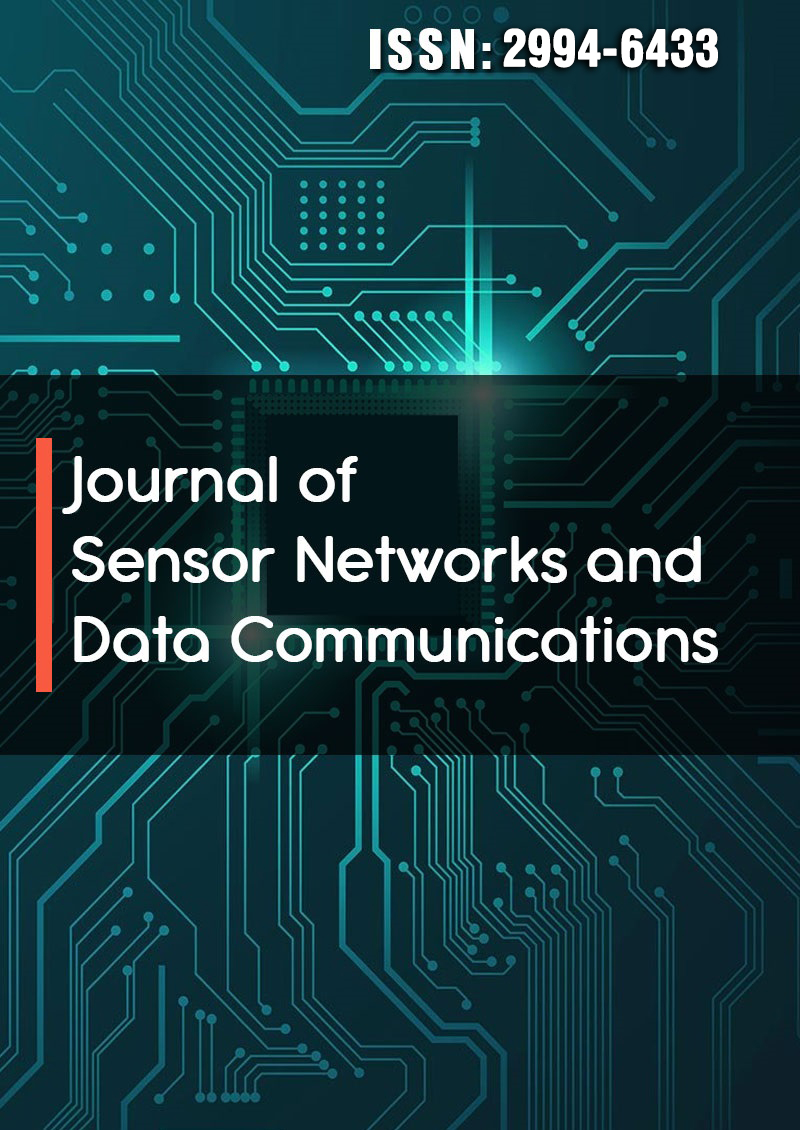Next-Generation OBS Architecture Transforms 5G Networks Powered by Machine Learning, Probabilistic Modeling and Algorithm Optimisation
Abstract
Amit Kumar Garg
Next-generation 5G networks require a high-speed, low-latency, and robust communication backbone to support new applications such as IoT, cloud computing, and virtual reality. Optical burst switching (OBS) is a promising method for 5G networks due to its ability to handle high-speed data transit and excellent bandwidth utilisation. Traditional OBS networks, on the other hand, have a high blocking probability, low resource utilisation, and limited scalability. To address these challenges, this work provides a unique OBS design that integrates machine learning, probabilistic modelling, and efficient algorithms. The usage of machine learning-based burst assembly algorithms, which dynamically predict the best resource allocation for each burst based on network conditions and QoS requirements, is a key component of the proposed architecture. A complete simulation analysis is performed using a typical Wavelength Division Multiplexing (WDM) traffic dataset to evaluate the performance of the proposed architecture. The simulation results show that, as compared to standard OBS networks, the suggested architecture reduces the likelihood of obstruction and improves resource utilisation significantly. Furthermore, when compared to previous OBS systems, the suggested design is more efficient at managing dynamic traffic and enables greater scalability. The simulation study's performance tests demonstrate that the suggested architecture has a blocking probability of less than 10-6, a throughput of more than 95%, and a latency of less than 4 milliseconds. These findings show that the suggested OBS design for next-generation 5G networks is both feasible and effective.



